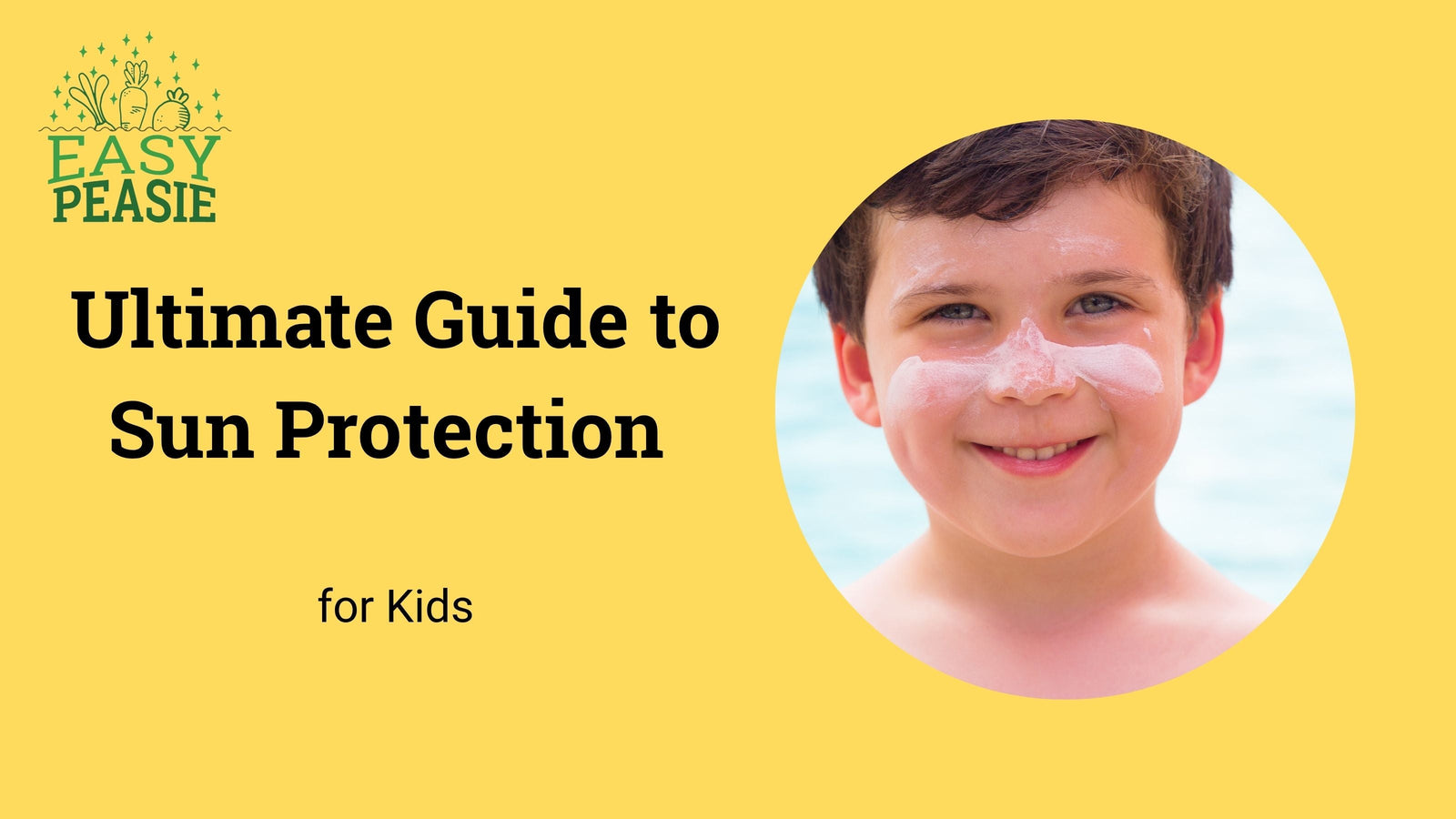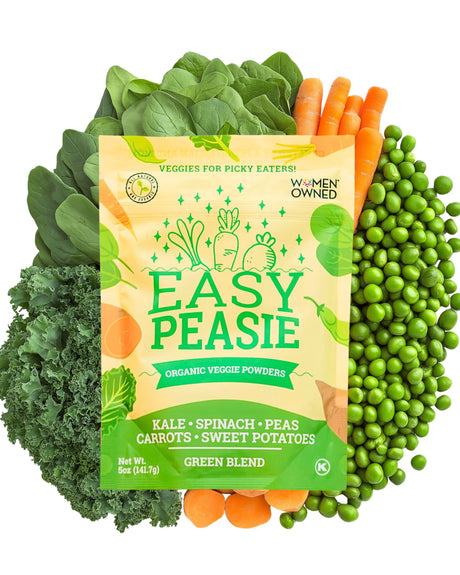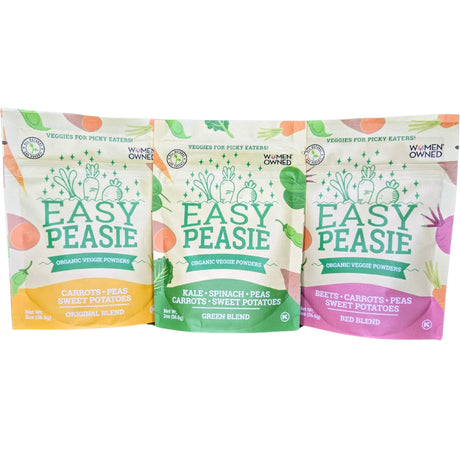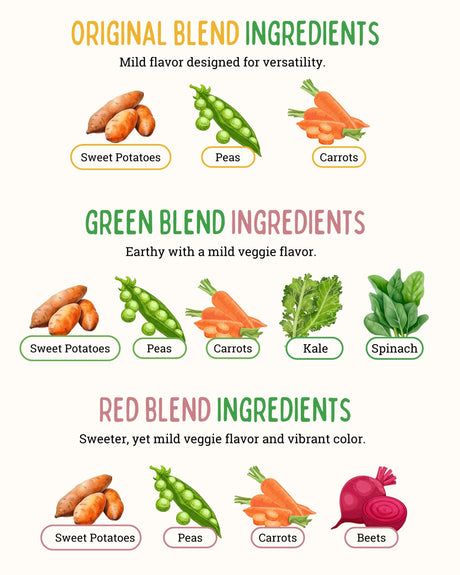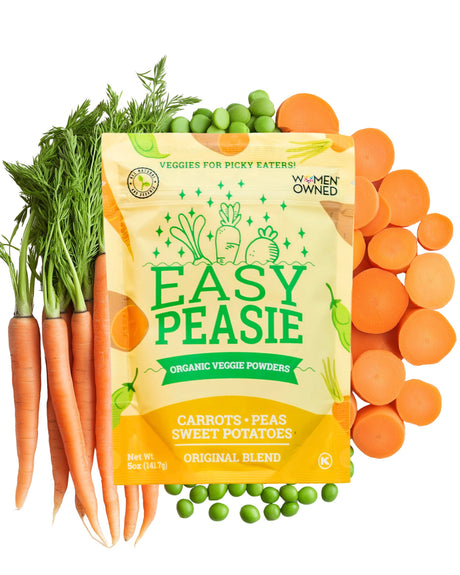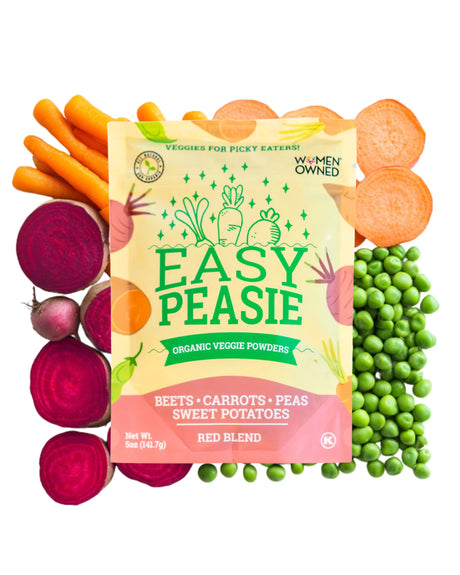Welcome to Sun Safety for Kids
The Importance of Sun Protection for Children
Sun protection is an essential part of maintaining a child’s health, but it’s often overlooked until the first painful sunburn occurs. The delicate skin of children is particularly vulnerable to the damaging effects of the sun’s ultraviolet (UV) rays.
Protecting your child’s skin from an early age can significantly reduce their lifetime risk of skin cancer, which is the most common form of cancer in the United States. Moreover, diligent sun protection helps prevent painful sunburns that can not only ruin a day outdoors but also increase the risk of future skin problems.
Beyond immediate effects like sunburn, the sun's rays can cause deeper skin damage that might not become apparent until later in life. Frequent unprotected exposure to sunlight during childhood can accelerate skin aging and increase the likelihood of precancerous and cancerous skin lesions due to DNA damage in the skin cells.
Furthermore, excessive exposure to sunlight can lead to eye damage, including cataracts and ocular cancers later in life. Therefore, implementing effective sun protection strategies is critical not only for preventing immediate discomfort and burns but also for long-term health benefits.
By understanding the far-reaching implications of sun exposure and adopting comprehensive protective measures, parents can ensure their children enjoy not just the immediate joys of outdoor activities but also a future with healthier skin and overall well-being.
Let’s explore effective ways to safeguard our children from harmful UV rays while encouraging healthy outdoor activity.
Long-Term Benefits of Sun Safety Habits
Instilling good sun protection habits from a young age not only safeguards children's skin in the short term but also sets them up for healthier skin throughout their lives.
Regular use of sunscreen, wearing protective clothing, and avoiding the sun during peak hours can drastically decrease the chances of developing skin conditions like melanoma and premature skin aging. Teaching children about the importance of sun safety can also promote self-care practices that extend into other aspects of their health and well-being as they grow.
By understanding the critical role that sun protection plays in their children’s health, parents can take proactive steps to integrate these practices into daily life. Let’s dive deeper into how you can protect your little ones effectively every day they step out into the sun.
Understanding Sun Protection
Why Sun Protection is Crucial for Kids
Sun protection is not just a precaution; it’s a necessity, especially for the young, sensitive skin of children. Exposure to the sun’s rays can lead to immediate consequences like sunburn, which is not only painful but also increases the risk of skin cancer later in life.
Starting sun safety education early can instill lifelong habits that protect against skin cancer, premature aging, and other sun-related damages. By learning to take sun protection seriously from a young age, children are more likely to continue practicing safe sun habits throughout their lives.
Basics of UV Rays
Understanding the effects of the sun begins with knowing about Ultraviolet (UV) rays, which are invisible to the naked eye but can cause significant damage to the skin. There are two types of UV rays that concern us: UVA and UVB. UVA rays penetrate deep into the skin and are primarily responsible for premature aging and wrinkles.
On the other hand, UVB rays affect the outer layer of the skin and are the main cause of sunburn. Both types of rays contribute to the risk of skin cancer, emphasizing the need for comprehensive sun protection that blocks both UVA and UVB rays.
Sun Protection Clothing for Kids
Choosing Sun Protection Clothing
When it comes to safeguarding your children from the sun, not all clothing is created equal. Opting for sun protection clothing is a smart move to shield their skin from harmful UV rays effectively. Look for lightweight, long-sleeved shirts, pants, and wide-brimmed hats that cover more skin and provide substantial protection.
Ideal materials include tightly woven but breathable fabrics that keep them cool while playing outdoors. Additionally, choose clothes that they find comfortable and like to wear, as this will ensure they keep them on while playing in the sun.
When selecting sun protection clothing for your kids, one of the key features to look for is the Ultraviolet Protection Factor (UPF) rating. UPF indicates how much UV radiation a fabric allows to reach the skin. For instance, a UPF rating of 50 means that only 1/50th of the sun's UV rays can penetrate the fabric, offering excellent protection against the sun.
Ensure the clothing covers as much skin as possible and remember that darker colors generally provide better UV protection than lighter ones. Also, consider special sun-protective clothing treated with UV-blocking agents for even more effective coverage.
By choosing the right sun protection clothing and understanding the essential features that contribute to its effectiveness, you can significantly enhance your child's defense against harmful UV rays. This proactive approach not only keeps them safer but also teaches them the importance of sun safety from a young age.
Sunscreen for Kids
Choosing the Right Sunscreen
Selecting the right sunscreen for your child is crucial, especially if they have sensitive skin or conditions like eczema. Look for sunscreens labeled "broad-spectrum" to ensure protection against both UVA and UVB rays and choose a product with a minimum SPF of 30.
For children with sensitive skin, opt for mineral-based sunscreens that contain zinc oxide or titanium dioxide. These ingredients are less likely to cause irritation as they sit on top of the skin to physically block UV rays, rather than being absorbed.
Application Tips
Proper application of sunscreen is key to maximizing its effectiveness. Apply sunscreen generously on all exposed skin, including often-missed spots like the ears, the back of the neck, and the tops of feet. Do this 15 to 30 minutes before your child goes outside to give it time to absorb and start working.
Reapply every two hours, or immediately after swimming or sweating, to maintain protection throughout the day.
Safest Sunscreen for Kids
When choosing sunscreen for your child, it’s important to prioritize safety and effectiveness. Avoid sunscreens containing oxybenzone and octinoxate, which can disrupt hormones and cause skin allergies. Instead, look for sunscreens with non-nano particles to minimize skin absorption and reduce the risk of irritation.
Additionally, choosing sunscreens free from fragrances, parabens, and phthalates can further ensure the product is gentle on your child's skin.
By understanding these key aspects of sunscreen selection, application, and ingredients, you can ensure your child is well-protected from the sun’s harmful rays while minimizing the risk of skin irritation. This proactive approach not only protects their skin but also instills good sun safety habits from a young age.
Daily Sun Protection Habits
Sunscreen as a Daily Habit
Incorporating sunscreen into your child’s daily routine is a vital step in maintaining their skin health. Applying sunscreen should become as habitual as brushing teeth, especially on days when your child will be exposed to the sun. Even on cloudy days, up to 80% of the sun's harmful UV rays can penetrate the clouds, making sunscreen necessary.
For everyday use, a sunscreen with at least SPF 30 is recommended, and it should be reapplied every two hours or after swimming or sweating.
Protecting Kids at Play
During peak sun hours—typically from 10 a.m. to 4 p.m.—it's crucial to take extra precautions to protect your children from sun exposure. Encourage playing in shaded areas, wearing sun-protective clothing, and scheduling outdoor activities in the early morning or late afternoon when the sun's rays are less intense. Also, teaching your children to seek shade and wear a hat and sunglasses can significantly reduce their UV exposure during these peak hours.
By establishing these daily sun protection habits, you not only safeguard your child’s skin but also teach them the importance of routine care in preventing long-term sun damage.
These practices help instill a lifelong awareness of sun safety that can contribute to their overall health and well-being.
Additional Sun Safety Tips
Using Sun Protection Hats and Accessories
To enhance your child’s protection against the sun, complement sunscreen with broad-brimmed hats and UV-blocking sunglasses. A hat with a wide brim offers additional shade, effectively shielding their face, ears, and the back of their neck from direct sunlight.
Sunglasses equipped with UV protection help safeguard your child's eyes from harmful rays that can cause long-term damage. These accessories are not only practical but can also be fun for children to choose and personalize, encouraging them to wear them consistently.
Sun Safety in Different Environments
Different outdoor settings require specific sun safety strategies to keep your children protected. At the beach, where water and sand can reflect up to 80% of UV rays, ensure your child re-applies sunscreen more frequently and wears a UV protective rash guard while swimming. During sports activities, in addition to wearing sunscreen and suitable clothing, use a visor or cap and sunglasses to protect against direct and reflected sunlight.
For general outdoor play, try to schedule it outside the peak sun hours and always ensure they have access to shade and plenty of water to stay hydrated.
By adopting these comprehensive sun safety practices, you can ensure your child enjoys the outdoors safely across various environments. Maintaining consistent protection against the sun’s rays is key to preventing sunburn and minimizing the risk of future skin-related health issues.
Teaching Kids About Sun Safety
Educational Strategies
Teaching children about the importance of sun protection can be both fun and engaging, ensuring they grasp the key messages and integrate them into their daily habits.
Start by using interactive activities such as reading books or watching educational videos that highlight sun safety in a child-friendly manner.
Another effective method is to involve them in applying sunscreen or choosing their own sun-safe hats and sunglasses for outdoor activities.
Making these activities playful and part of a routine helps children understand their importance in a natural and enjoyable way.
Role Modeling Good Behavior
One of the most powerful ways to teach children about sun safety is by setting a good example. When children see adults consistently applying sunscreen, wearing hats and sunglasses, and seeking shade during peak sun hours, they're more likely to adopt these behaviors themselves. Discuss the steps you're taking to protect your skin and why it's important, reinforcing these lessons through your actions. This not only educates them about effective sun protection but also shows them that being responsible about sun exposure is important at all ages.
By incorporating these educational strategies and demonstrating good sun protection habits, parents can effectively instill a sense of sun safety awareness in their children.
This approach ensures that sun protection becomes a natural part of their lifestyle, promoting long-term health and well-being.
Special Considerations
Sun Protection for Different Skin Types
Sun protection needs can vary significantly based on skin type. While all children need sun protection, those with lighter skin might burn more quickly, whereas children with darker skin tones are at risk of longer-term UV damage despite burning less easily.
For children with darker skin tones, try using sunscreen that doesn't leave a white residue, like Black Girl Sunscreen.
Ensure that the sunscreen is broad-spectrum, and educate children on the need for regular reapplication. This tailored approach ensures that each child receives the appropriate level of protection based on their skin type, promoting optimal skin health.
Sunscreen for Babies and Toddlers
The youngest children, including babies and toddlers, have particularly sensitive skin that requires extra care in the sun. For babies under six months, direct sunlight should be avoided as much as possible. Use sunshades on strollers and dress them in lightweight long sleeves and pants, along with wide-brimmed hats.
For toddlers, choose mineral-based sunscreens that are less likely to irritate their sensitive skin. Apply sunscreen generously and frequently, especially if they are playing in water.
Always ensure that these young ones are shielded during peak sun hours to keep their delicate skin safe.
By considering these special needs for different skin types and ages, parents can provide effective and suitable sun protection for all children, ensuring their safety from harmful UV rays while allowing them to enjoy the great outdoors.
Summary: Embracing Sun Safety for a Healthy Future
Emphasizing the Importance of Sun Protection Habits
As we conclude our guide to sun protection for kids, it’s essential to reiterate the importance of cultivating good sun safety habits from an early age. Consistent application of sun protection strategies not only helps prevent painful sunburns but also significantly reduces the risk of skin cancer and other sun-related damage later in life.
By teaching children the why and how of sun safety, we empower them to take responsibility for their health and well-being.
Parents play a crucial role in ensuring these practices are not only understood but also consistently applied. Make sun protection a routine part of your family’s day, just like eating breakfast or brushing teeth. Remember, children emulate the behaviors they see.
By demonstrating diligent sun safety habits, you set a lifelong example. Regularly review sun protection techniques with your children, and keep the conversation open about the reasons behind each practice.
Let's commit to keeping our children’s skin healthy and safe under the sun, ensuring they can enjoy every sunny day to the fullest without the worry of harm. Your efforts today are an investment in their healthy future, one that teaches respect for their bodies and the environment they enjoy.
Join the Conversation: Share Your Sun Safety Stories
Share Your Tips and Experiences
We've explored many strategies for protecting our little ones from the sun, but now we want to hear from you! What unique tips or tricks have you discovered that make sun protection easier and more fun for your kids? Perhaps you've crafted homemade sun shelters, found kid-friendly sunscreen brands, or developed games to make staying in the shade cool.
Your experiences could provide valuable insights to other parents navigating the same sunny challenges.
Ask Questions and Seek Advice
If you’re facing challenges in implementing effective sun protection for your children, don't hesitate to ask for help. Maybe you're looking for advice on the best sunscreens for sensitive skin, or how to keep your active toddler shaded on the go.
Whatever your questions, this community is here to support you. By sharing and learning together, we can all do our part to ensure our children enjoy the sun safely.
Let’s keep building a community that looks out for each other’s little sun-seekers. Share your stories, tips, and questions in the comments below—your insight could be the very thing another parent needs to hear to help them along their sun safety journey. Together, we can ensure our kids get the best protection possible, all while having fun under the sun!
Leave your comments below; we love to hear from you! And don't forget to follow Easy Peasie for more info and convo on YouTube, Facebook, and Instagram! ~ThePeas

